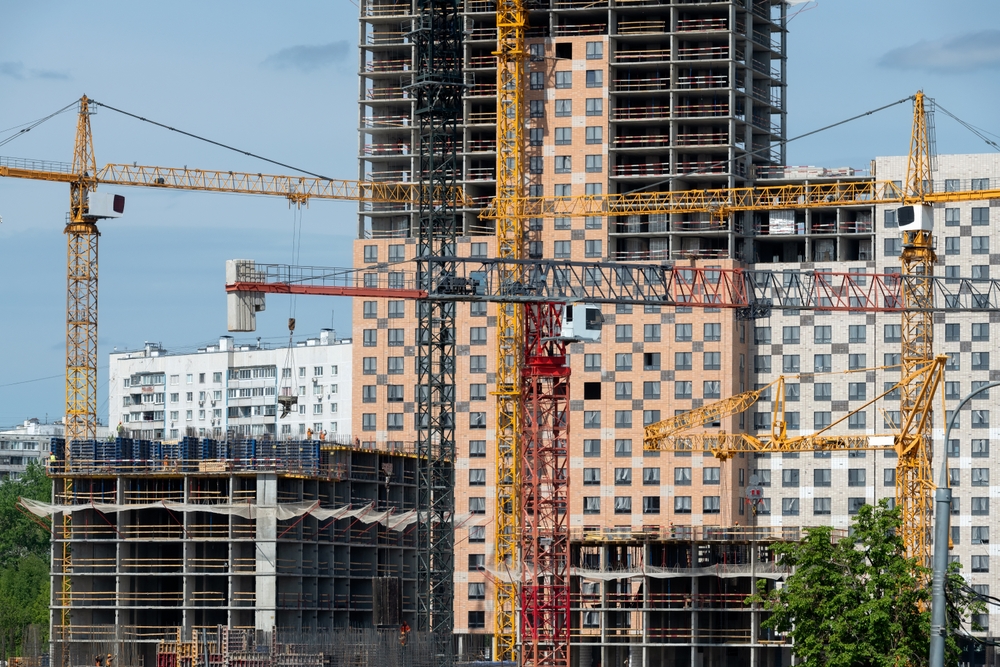
Sustainable Architecture: Designing for a Greener and Smarter Future
Sustainable Architecture: Building for People and the Planet
In today’s world, where climate change and resource depletion are major global concerns, sustainable architecture has become a cornerstone of responsible construction. This modern design philosophy aims to minimize the environmental impact of buildings while creating spaces that are energy-efficient, comfortable, and healthy.
By integrating green technologies, renewable materials, and innovative design approaches, sustainable architecture ensures that buildings contribute positively to both people and the planet.
What Is Sustainable Architecture?
Sustainable architecture refers to the design and construction of buildings that meet present needs without compromising the ability of future generations to meet theirs. It focuses on reducing energy use, conserving natural resources, and promoting the well-being of occupants.
Unlike conventional building methods, sustainable architecture emphasizes harmony between nature, technology, and human comfort. Every element—from the choice of materials to the orientation of windows—plays a role in reducing the building’s environmental footprint.
Key Principles of Sustainable Architecture
1. Energy Efficiency
Designing buildings that consume less energy is at the heart of sustainable architecture. Using passive solar design, natural ventilation, and efficient insulation reduces dependence on artificial heating and cooling systems.
2. Sustainable Materials
Selecting low-carbon building materials such as bamboo, reclaimed wood, and recycled steel helps lower the carbon footprint. Locally sourced materials also reduce transportation emissions, enhancing the sustainability of the project.
3. Water Conservation
Incorporating rainwater harvesting, greywater recycling, and low-flow plumbing fixtures are essential strategies in sustainable architecture. These methods ensure efficient water use throughout a building’s life cycle.
4. Renewable Energy Integration
Solar panels, wind turbines, and geothermal systems power sustainable by replacing conventional energy sources with clean, renewable options.
5. Waste Reduction
Designing for flexibility and reusability minimizes construction waste. Sustainable also promotes recycling of materials during renovation or demolition phases.
Benefits of Sustainable Architecture
-
Environmental Protection: Reduces carbon emissions, pollution, and resource depletion.
-
Cost Savings: Energy-efficient buildings lower long-term operational costs.
-
Health and Comfort: Natural lighting and ventilation improve occupant well-being.
-
Durability and Resilience: Eco-friendly materials extend a building’s lifespan.
-
Enhanced Property Value: Certified green buildings attract higher market demand.

Sustainable Architecture in India
India is emerging as a global leader in sustainable architecture, driven by rapid urbanization and a strong focus on green growth. Organizations such as the Indian Green Building Council (IGBC) and GRIHA (Green Rating for Integrated Habitat Assessment) are promoting eco-friendly construction standards and certifications.
Government initiatives like the Energy Conservation Building Code (ECBC) and National Mission on Sustainable Habitat further encourage architects and developers to adopt sustainable principles in new and existing projects.
Many iconic Indian projects—such as the Indira Paryavaran Bhawan in New Delhi and Infosys campuses across India—stand as shining examples of sustainable excellence.
How to Implement Sustainable Architecture
-
Design with Nature: Orient buildings to maximize daylight and natural airflow.
-
Use Smart Technology: Integrate automation systems to monitor and reduce energy use.
-
Choose Eco-Friendly Materials: Prioritize renewable and recycled materials.
-
Adopt Green Roofs and Walls: These help reduce heat, improve air quality, and support biodiversity.
-
Engage Sustainability Experts: Partnering with professionals in sustainable ensures effective implementation of green strategies.
Partnering for a Greener Tomorrow
Creating sustainable spaces requires collaboration across the construction ecosystem. At AMS India, we specialize in sustainable and eco-friendly construction solutions that prioritize environmental responsibility, cost efficiency, and design excellence.
Our team helps clients achieve their sustainability goals while adhering to global green building standards.
Conclusion: Shaping the Future with Sustainable Architecture
Sustainable is more than a design trend—it’s a necessity for a thriving future. By embracing renewable energy, green materials, and smart technologies, we can create spaces that enhance human life while protecting the environment.
Every sustainable architectural choice brings us closer to a world where progress and the planet coexist in perfect balance.
Read more related articles to enhance your knowledge and make informed decisions
Cost-Effective Modular Construction: Fast, and Sustainable Building Solutions
Smart Modular Buildings: Innovative, Efficient, and Sustainable Construction








